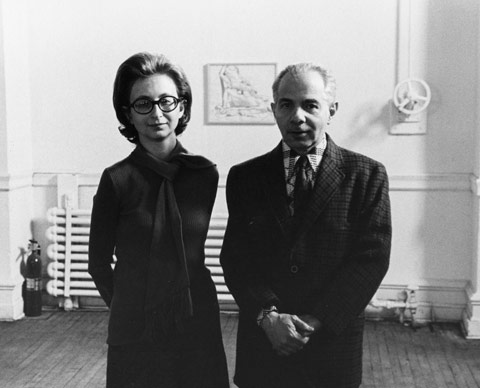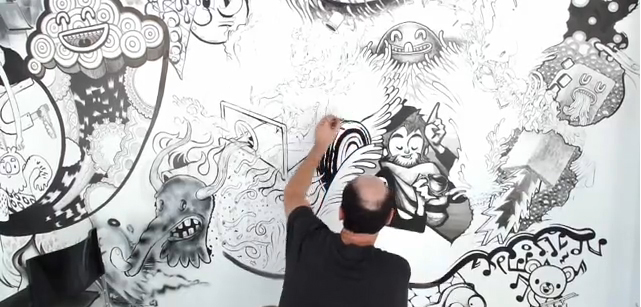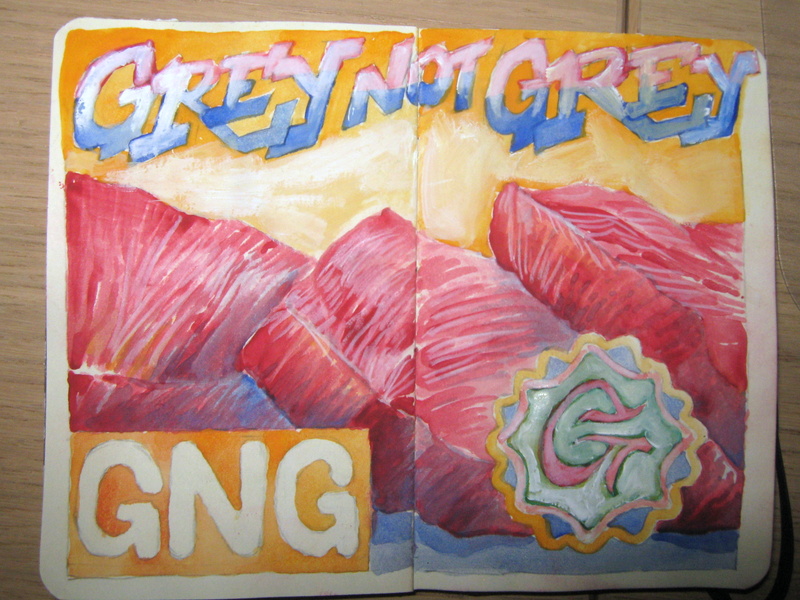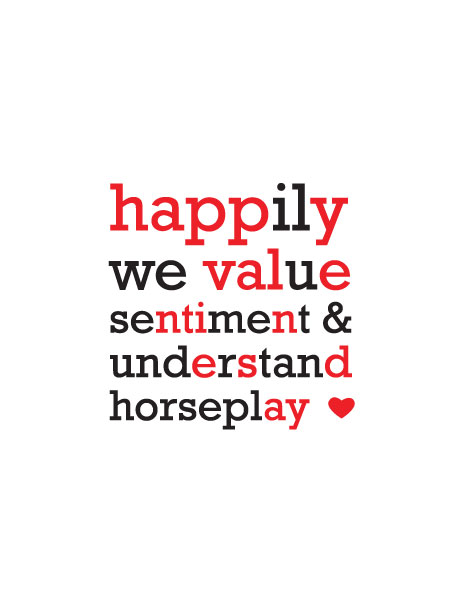Herb & Dorothy Vogel, a couple of unassuming New Yorkers, built one of the world’s most significant collections of modern art then gave it away to the National Gallery of Art. Their shared obsession with art is by turns endearing and inspiring.
Herb Vogel never earned more than $23,000 a year. Born and raised in Harlem, Vogel worked for the post office in Manhattan. He spent nearly 50 years living in a 450-square-foot one-bedroom apartment with his wife, Dorothy, a reference librarian at the Brooklyn Public Library. They lived frugally. They didn’t travel. They ate TV dinners. Aside from a menagerie of pets, Herb and Dorothy had just one indulgence: art. But their passion for collecting turned them into unlikely celebrities, working-class heroes in a world of Manhattan elites.
– mental floss

Herb and Dorothy Vogel
So here’s the Vogels, a couple of working stiffs on a shoestring budget that managed to amass a collection that took the National Gallery weeks to transport when their collection worth tens of millions of dollars (at minimum) was simply donated after Herb died. How did they accomplish this? Well, they understood art, they really liked art, they wanted to own art… and they cut out the middleman.
Many in the art world call the Vogels’ method cheating. That’s because the couple never dealt with galleries and art dealers. Instead, Herb and Dorothy negotiated with hungry artists directly, arriving at studios with cash in hand. Artist Jeanne-Claude, who passed away in 2009, remembered receiving a phone call from Herb back in 1971, when the creators of “The Gates” were still broke. “It’s the Vogels!” Jeanne-Claude cried to her dispirited husband and partner in art, Christo. “We’re going to pay the rent!” But the Vogels didn’t just take their cash to big-name artists; they were equally passionate about unknown talents, often helping them to develop. David Reed, now a famous conceptual artist, said the couple encouraged him to make more drawings, which later became a central part of his practice. “The Vogels made you aware of what you were doing as an artist,” he said. “They had artist sensibilities.” When they spotted something beyond their means, they’d find a way to make the purchase: They’d buy on credit; they’d forgo a vacation; they’d even throw in cat-sitting to sweeten a deal. And the artists loved them for it. As Chuck Close told Newsday, “You knew when you were selling them something it was becoming part of an important collection.”
– mental floss
Word on the street is that the Vogels got this piece from Christo in exchange for watching his cat while he was installing Valley Curtain.

These simple facts don’t express the sweetness of the story, though. Herb and Dorothy Vogel really loved what they were doing, and their shared passion for art allowed them to build one of the most important collections of 20th century art with very little money in a tiny apartment.
They amassed a collection of over 4,782 works, which they displayed, and also stored in closets and under the bed, in their rent-controlled one-bedroom apartment on Manhattan’s Upper East Side. Though their focus was mainly conceptual art and minimalist art, the collection also includes noteworthy post-minimalist work. Their collection eventually came to include work from artists such as pop artist Roy Lichtenstein, photographers Cindy Sherman and Lorna Simpson, minimalist Robert Mangold and post-minimalist Richard Tuttle.
In 1992, the Vogels decided to transfer the entire collection to the National Gallery of Art because it charges no admission, doesn’t sell donated works, and they wanted their art to belong to the public. In late 2008, they launched The Dorothy and Herbert Vogel Collection: Fifty Works for Fifty States along with the National Gallery of Art, the National Endowment for the Arts, and the Institute of Museum and Library Services.The program donated 2,500 works to 50 institutions across 50 states and was accompanied by a book with the same name. In 2008, an award-winning documentary about their story, Herb and Dorothy, was released.
– wikipedia
The documentary by Megumi Sasaki looks quite touching, and is a fitting tribute to this remarkable couple. I admit I’ve only seen the trailer posted below but fully intend to watch the entire film.
“I have no regrets,” Dorothy said. “I’ve had a wonderful life. And I believe Herb and I were made to be together.”
– mental floss
Awwww. Read the full story at Mental Floss. You won’t regret it.
Some of the pieces in the Vogel 50×50 collection can be viewed here.
I wrote about En Masse some time ago. I know a few of the people involved with En Masse socially and they’re all super-talented artists, so it’s always impressive to see their collaborative work. In any case, the Musée des Beaux-Ars in Montreal got En Masse to cover a bunch of walls in their educational area last year and the work is really amazing to say the least.

In the summer of 2012, the Montreal Museum of Fine Arts brought the En Masse Project on board for the creation of their new educational area. On the course of 2 of the hottest weeks of July, 28 artists gathered together in the new sections of the museum to create one of our most impressive piece to date, covering walls and part of the ceiling on 2 levels, a staircase and one of the main access hallway. The new educational zones launched in September 2012, offering a free access and workshops to kids and their adults everyday that the museum is opened. The En Masse piece will be there permanently, giving the project a important presence in the city. Be sure to pass by next time you are visiting Montreal.
I love that the “Museum of Fine Arts” is embracing this alt-art culture that is part of what makes Montreal such a vibrant city and hey, here’s all these graffiti and street art and illustration and pop surrealism people getting together to make something awesome, breaking down the walls between institutional art and … ummm… how can I describe it? Not institutional art? All the other art? The thing is that there’s art all over the place outside of fine art/ institutional art so it’s kind of hard to pin down.
Anyhow, I’m going to stop blathering now. Just watch this video by Fred Caron of En Masse doing their thing. It’s stellar.
This time I took my inspiration from the meat specials in the weekly flyers from my local grocer, using some pencils, some watercolour, & some gesso. French steak was $3.99 a pound. I love how flyers use so many fonts and are so up in your grill. I hope I captured that.

I’ve mentioned before that like to use Moleskines because they hold up to a pretty fair amount of abuse, and I certainly put the book through its paces today. There was some bleed through at the seams and the previous page but hey, it’s a sketchbook, not the Sistine Chapel. You can get Moleskines with a more absorbent cold press finish (watercolour paper) or the version I go for that’s more hot press finish (smooth) but if you like to beat the heck out of your sketchbooks and are looking for a nice pocket-style book, you can always get a Moleskine for yourself.
Hey kids, you have a special someone you’d like to impress with a witty yet sentimental Valentine’s day card but you’re stuck for ideas even though there’s only one day left? Not to worry, I have a bunch.

Maybe too office-humour-y? Okay, okay, here’s another:

Everyone likes bunnies, right?
No, not that one either? Okay, here’s another:

Puppies! Yay! Everyone loves puppies.
Still no good? Fine, there’s no pleasing everyone. You’re on your own.
I’m saving one as yet unseen (how mysterious) for my charming and talented wife.
//edit – OK, I gave it to her, so you can see it too, now.

Happy Valentine’s anyhow (or Valentimes as my oldest daughter calls it).
XOXO & don’t eat too much chocolate.



Salvador Dali & J.G. Ballard
Lately I’ve been reading a great little book, J.G. Ballard Quotes. As one might expect, it’s a collection of quotes from interviews and writings from one of my favourite authors, J.G. Ballard – you may know his work such as the Atrocity Exhibition, Crash, or Empire of the Sun. I’ve read all of his novels and his collected short stories, and never cease to find his work inspiring.
In J.G. Ballard Quotes, the quotes are broken up into sections, one entirely on surrealism. It turns out Ballard was particularly inspired by Salvador Dali, especially the Persistence of Memory.
Salvador Dali – The Persistence of Memory (1931) 24 cm × 33 cm, oil on canavas (MOMA NYC)
So yeah, J.G. Ballard. Something of a fan. It’s funny that the Surrealist greats are considered quite respectable nowadays, as at the time they were considered quite shocking. Strange as it may seem to many of us in the internet age, before the counterculture took off in the late 50’s and early 60’s, the average citizen actually cared quite a bit about fine art. Popular magazines such as LIFE frequently ran articles on what was going on in the art world. That said, Surrealism was not received well at all. Until after WWII, that is, when American audiences became enamoured of the movement – in no small part because of all the surrealist artists that fled to the US to escape wartime Europe.
If you’re interested in reading more of J.G. Ballard’s musings on topics such as surrealism, psychopathology, celebrity, writing, and sex, I strongly suggest that you hurry off and pick up a copy of J.G. Ballard Quotes for yourself. If you’d like to see more of Dali’s work you can always wander off to any art museum with a decent modernist collection, or if that’s not possible, Salvador Dali 1904-1989 by Gilles Neret is a good place to start.
Share this: